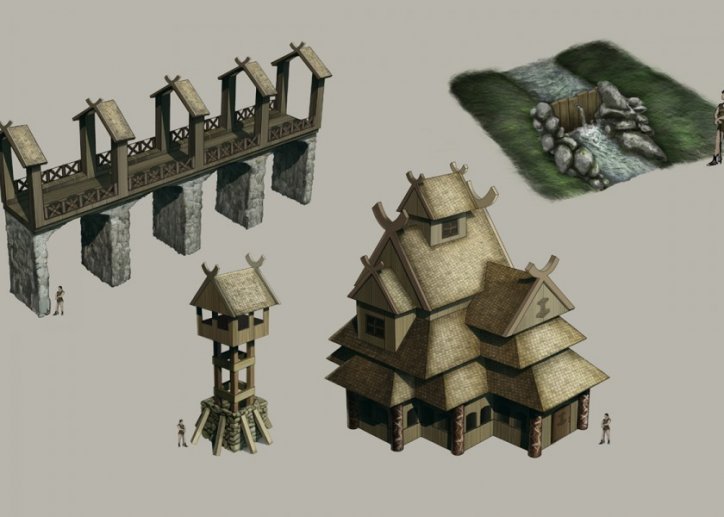Architecture Modules

The core modules are designed to give you an essential grounding in Building History and other key areas of knowledge and skills.
Research skills
At the beginning of the first residential course we introduce you to a range of essential research skills. In part, this module is about orientating you amidst the vast range of materials either physically present in Cambridge or available online. In part it is about demonstrating the value of scrupulous scholarship, and apprising you of some of the key sources for Building History, and the methods and insights best calculated to bring them to life.
Conservation philosophy, law and practice
In the professional sphere most Building History research is conducted within parameters established by conservation legislation rooted ultimately in the antiquarian tradition and essentially Romantic concepts of the amenity value (or emotional utility) of the past in our lives. We will explore the structures, fault-lines and dispositions of the UK heritage sector, the role of legislation in defining ‘special interest’ and regulating change, the philosophical underpinnings of the conservation movement and some of the practical and policy issues with which conservation professionals grapple on a daily basis.
Analysing and recording buildings
In many ways this highly practical module lies at the heart of the MSt in Building History. Its aim is to teach you how to observe buildings in ways that reveal their origins, date, use and development, and to provide you with the skills necessary to record, analyse and interpret your findings. These skills are an indispensable complement to more traditional skills in documentary research, and your only effective resource in cases where the documentary sources are irremediably tangled, fragmentary or lacking.
Unlike the other modules this one is split into sections and thus forms part of all three residential courses. In the first we will encourage you to look clearly and inquisitively, to apply a forensic intelligence to what you see, and to construct three-dimensional analyses from mainly two-dimensional observations. We will instruct you in the rudiments of measured survey and you will have the opportunity to produce a scaled architectural plan. We will also set you challenges in the form of interpreting what you see. In the second residential course there will be an intensive day devoted to architectural photography, with practical site-work and studio-style tuition in digital imaging. This will be followed by a session designed to prepare you directly for your recording project. In the third residential course we will introduce you to high-end specialist techniques for surveying, remote sensing and imaging, as well as more traditional but equally rarefied specialisms such as architectural illustration. Some of you may never wish to learn these techniques and skills for yourselves, but you need to be aware of their potential as well as their limitations.
Building history
We divide our chronological survey of Building History into five period-based modules: Medieval, 1530-1660, 1660-1800, 19th-century and 20th-century. Collectively they provide the necessary background and framework for understanding the origins and evolution of the most important building types, constructional methods and architectural styles, from the highest reaches of society to the humblest. Lectures will vary in their scope, and some will take the ‘long view’, reaching beyond the nominal period boundaries. Others will home in on much smaller areas of special interest, or the subjects of important new research. Lecturers will be drawn from a range of disciplines and professional backgrounds to give a rounded appreciation of the breadth of approaches at the Building Historian’s disposal.
Landscape and area assessments
One of the major developments in the heritage sector in the past ten or fifteen years, partly in response to political agendas such as social inclusion and localism, has been the emergence of new approaches to the understanding of historic landscapes, areas and places. Historic Landscape Characterisation (HLC), pioneered by Natural England for non-heritage purposes, has been adapted by English Heritage and others to record changing patterns of historic land-use, and as a strategic planning tool. Historic Area Assessment blends characterisation with rapid survey techniques and elements of spatial analysis to deliver judgements of value and significance at the level of individual places or districts. Conservation Area Appraisals apply some of the same approaches to establish the special character of Conservation Areas and to identify the measures necessary to protect this character. The National Trust has recently moved to stress Spirit of Place in its assessments of the management needs and conservation constraints of its heritage and natural assets. This module, mixing theory, methodology and a practical Historic Area Assessment, will explore the benefits and pitfalls of these approaches.






